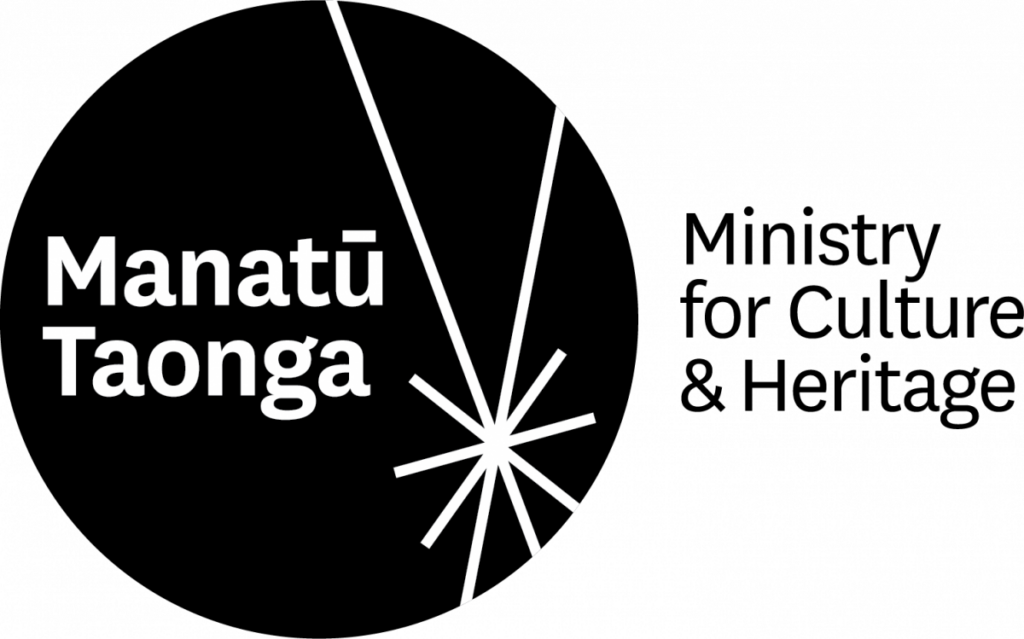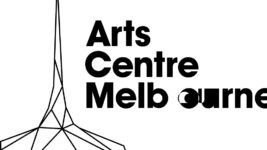News
10 Mar 2022
Updates to Government Support for the Sector

Subscribe to CX E-News
Feeling like you need a degree in accounting to understand what you can claim? MCH explains.
The Government has responded to the impact that the Red Setting has had on the live entertainment sector. The result has been a series of rapid announcements from a range of agencies including Inland Revenue (IR), Ministry of Business & Innovation (MBIE) and the Ministry of Culture and Heritage (MCH). With the assistance of the MCH, here is a quick overview of what support is available as of 8th March.
The Government is providing two schemes that can provide financial support for self-employed people who have been directly affected by the Red Setting. MCH strongly recommends that applicants check their eligibility for the Inland Revenue scheme, the COVID-19 Support Payment,before commencing an application for the MCH scheme – the Manatū Taonga Cultural Sector Emergency Relief Grant for Self-Employed Individuals.
The COVID-19 Support Payment
The Government’s COVID-19 Support Payment (CSP) is available for self-employed people and businesses who have experienced at least a forty percent drop in revenue due to the Red Setting. This payment is available from IR.
Each CSP will be $4000 per business plus $400 per full-time employee, capped at 50 FTEs or $24,000. This is the same rate as the most recent Transition Payment. It will be available on a fortnightly basis for six weeks, reflecting the international experience that the peak of the Omicron outbreak should pass after about six weeks. The Government will monitor the situation and potentially extend the payment if necessary. Self-employed people could get up to $13,200 from this scheme if they meet all the criteria, three payments of $4,400.
Applications for the first CSP opened on 28 February and will remain open for six weeks. You apply in myIR on IR’s website (ird.govt.nz) and you should receive payment in full within five working days. For the first payment, the affected revenue period starts any time from 16 February (an end date will be announced shortly). To work out a drop in revenue, you compare the revenue in a week during the affected revenue period to the revenue earned in a typical week during the comparison period – 5 January 2022 to 15 February 2022. The Government has announced that soon you’ll be able to use a comparison period of 5 January 2021 to 15 February 2022. If you have very variable income, for example you usually support a large annual event during that period, you may select a 7-day comparison period which is before 5 January 2022 and which may be from a past year, which reflects your typical revenue during the affected revenue period. You’ll need to provide revenue details for the 7-day affected revenue period and the 7-day comparison period and hold evidence in case IR asks for it.
It is expected that applications for the second payment will open on 14 March 2022 and the third payment on 28 March 2022.
Manatū Taonga Cultural Sector Emergency Relief Grant for Self-Employed Individuals

Alternatively, the MCH (Manatū Taonga) will make a one-off grant of $5,000 to self-employed people whose income has been directly affected by the Red Setting. This grant will support self-employed people who will not be able to demonstrate eligibility for CSP due to the sporadic nature of their income.
Eligibility criteria includes that you are self-employed and your main employment activity over the last twelve months has been in the arts, culture or heritage sector. So, if for example you work full time in another job in the week but do gigs at the weekend, you are not eligible. However, if you work part-time doing admin to top up the main income you make from working as a technician at your local theatre, you would be eligible. The employment ‘activity’ includes a wide array of roles – or combination of roles – for example technician, crew, administrator, stage hand, event organiser.
MCH will use your IRD number to cross check that you are self-employed but you need to provide evidence to support your claim that your main job is in the arts, culture or heritage sector. They are very aware of the paperless and ‘contract-less’ nature of the live entertainment sector and will do their utmost to breach the gap between the “fluid creative world” and the “large bureaucracy that is a government agency”. They will accept your website or social media profile as evidence, even referees that they can contact.
You also need to provide evidence of the loss of income and again if you don’t have a cancelled contract but can provide emails or text messages, they will be considered.
It is important to note that the Grant is taxable income and should be treated as if it was payment for a gig or show, so you will need to include it in your GST and tax return. You will need to check with Work and Income as to the impact on any other benefits you are claiming.
Applying for both
The CSP is exclusive for the first round, so you cannot apply for the first CSP if you are applying for the MCH Grant, but you can apply for the second and third payments.
Other support
Changes are also being made to the Small Business Cashflow (Loan) Scheme to increase the amount of funding available to eligible businesses through the introduction of a ‘top up’ loan. The top up loan will allow those firms that have already accessed a loan to draw down an additional $10,000 loan with a new repayment period of five years and the first two years being interest free. This will be available by the end of March.
A whole range of measures have also been introduced to add flexibility to tax payment dates and terms to assist firms with cashflow pressures, including provisional tax and GST. You can find out more at ird.govt.nz/covid-19.
MCH Support
MCH is doing their utmost to get the information out there about the support that is available – and to support people to access payments.
You can access their website: https://mch.govt.nz/grant-self-employed-individuals, email them on support.culture@mch.govt.nz or attend a webinar. Details are on the MCH website, as is a recording of an earlier version.
Subscribe
Published monthly since 1991, our famous AV industry magazine is free for download or pay for print. Subscribers also receive CX News, our free weekly email with the latest industry news and jobs.






